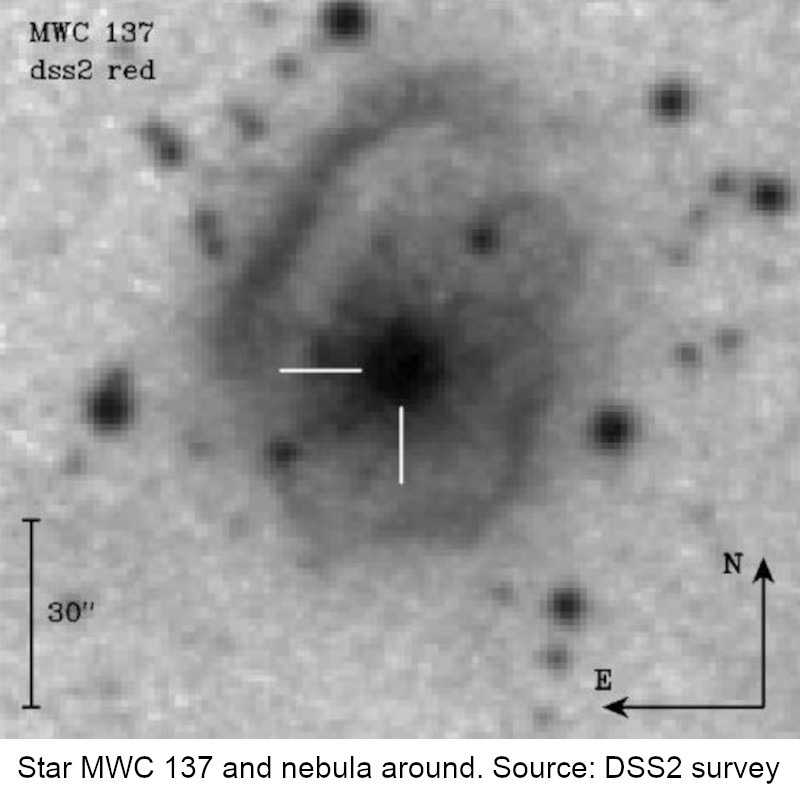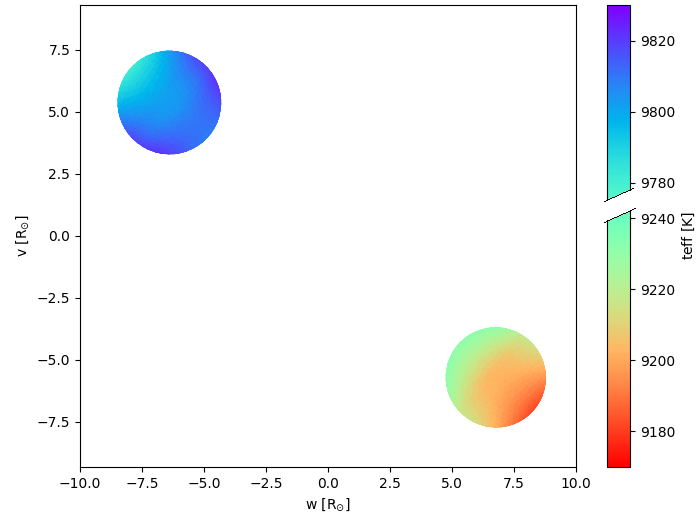Giant stars of spectral type B with emission lines in their spectrum have been the long-term research focus of Michaela Kraus of ASU’s Stellar Department. She was part of a team that sought to explain the remarkable 1.9-day photometric period recently discovered in the star MWC 137.
Abstract
B[e] type stars are characterized by strong emission lines, photometric, and spectroscopic variabilities and unsteady mass-loss rates. MWC 137 is a galactic B[e] type star situated in the constellation Orion. Recent photometric observation of MWC 137 by TESS has revealed variabilities with a dominant period of 1.9 d. The origin of this variability is not known but suspected to be from stellar pulsation. To understand the nature and origin of this variability, we have constructed three different set of models of MWC 137 and performed non-adiabatic linear stability analysis. Several low order modes are found to be unstable in which models having mass in the range of 31-34 M⊙ and 43-46 M⊙ have period close to 1.9 d. The evolution of instabilities in the non-linear regime for model having solar chemical composition and mass of 45 M⊙ leads to finite amplitude pulsation with a period of 1.9 d. Therefore, in the present study we confirm that this variability in MWC 137 is due to pulsation. Evolutionary tracks passing through the location of MWC 137 in the Hertzsprung-Russell diagram indicate that the star is either in post main sequence evolutionary phase or about to enter in this evolutionary phase.
More informations
- article in Czech / source: Na čem pracujeme: Pulsace pekuliárního obra MWC 137; M. Švanda, ASU web page
- S. Parida, A. P. Yadav, M. Kraus a kol., On the stability and pulsation in models of B[e] star MWC 137, Monthly Notices of the Royal Astronomical Society 527 (2023) 7414-7423, preprint arXiv:2311.12549
- contact: Dr. Michaela Kraus, michaela.kraus@asu.cas.cz



